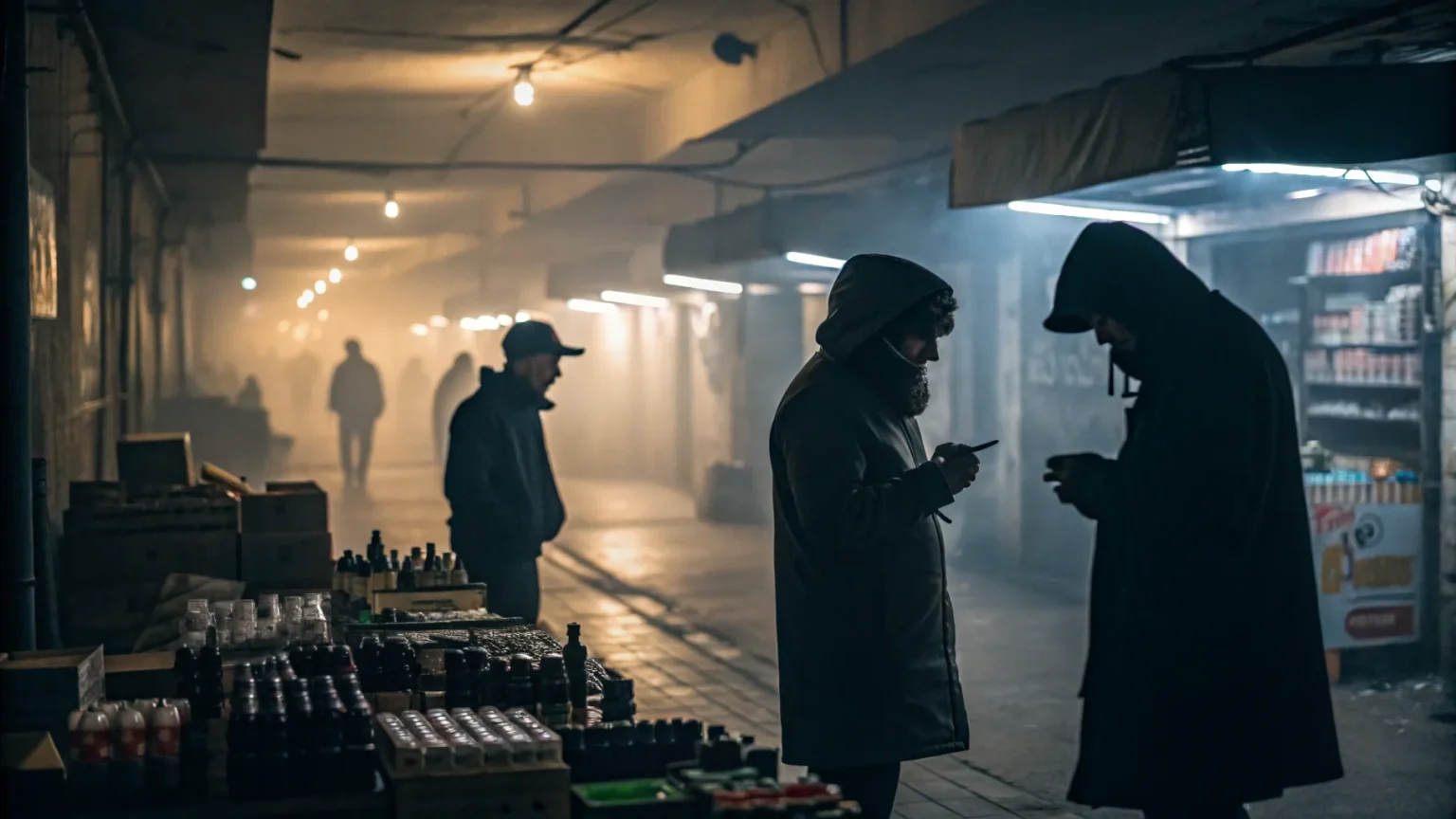An unregulated, unapproved vape market continues to expand across the United States, posing significant health concerns for consumers. According to Nick Florko of The Atlantic, illegal vaping products have flooded American markets despite regulatory efforts to control them.
The rise of this shadow industry comes as federal and state authorities struggle to enforce regulations on vaping products, creating a vacuum where illicit manufacturers and distributors operate with minimal oversight.
The Scale of the Problem
Florko’s investigation reveals that the underground vape market has grown substantially in recent years. These products circumvent FDA approval processes and safety standards that legitimate vaping products must meet.
Unapproved vapes have flooded the U.S. market,” Florko notes in his reporting, highlighting how easily accessible these products have become despite their illegal status.
The proliferation of these products occurs through various channels, including small convenience stores, online marketplaces, and direct street sales. Many consumers may not even realize they’re purchasing illegal products.
Health and Safety Concerns
The health implications of using unregulated vaping products remain a central concern for medical professionals and public health officials. Without proper oversight, these products may contain:
- Unknown chemical additives
- Inconsistent nicotine levels
- Potentially harmful contaminants
- Substandard manufacturing practices
The 2019-2020 EVALI (E-cigarette or Vaping product use-associated Lung Injury) outbreak, which caused thousands of hospitalizations and dozens of deaths, demonstrated the dangers of unregulated vaping products. Many of those cases were linked to vitamin E acetate found in illicit THC vaping products.
“What’s at stake here is public health,” Florko emphasizes. “When consumers use these unregulated products, they have no guarantee of what they’re actually inhaling.”
Regulatory Challenges
The FDA has struggled to control the vaping industry since gaining regulatory authority over e-cigarettes in 2016. The agency has rejected applications for millions of flavored vaping products, yet enforcement against illegal products remains difficult.
Several factors contribute to the regulatory challenges:
First, the sheer volume of products makes comprehensive enforcement nearly impossible. Second, many illegal manufacturers operate internationally, making them difficult to prosecute. Third, the products are small, easy to transport, and simple to sell through informal networks.
State and local authorities often lack the resources to identify and seize illegal vaping products, creating a patchwork enforcement system that illegal operators can easily navigate.
Market Dynamics
The underground vape market thrives partly because of consumer demand for products that are no longer legally available. When the FDA restricted flavored vaping products that appealed to young people, the black market stepped in to fill the gap.
These illegal products often sell at lower prices than their regulated counterparts, making them particularly attractive to price-sensitive consumers, including teenagers and young adults.
Industry analysts estimate the illegal vape market represents billions in sales annually, diverting revenue from legitimate businesses that comply with regulations and safety standards.
The situation creates a tricky balance for regulators: strict controls on legal products may inadvertently push more consumers toward riskier alternatives in the underground market.
As federal and state authorities continue their efforts to regulate vaping products, the underground market adapts and evolves. Without more effective enforcement mechanisms and international cooperation, the flood of illegal vapes in the U.S. market shows little sign of receding.
For consumers, the message from health officials remains clear: using unregulated vaping products carries significant unknown risks that could have serious health consequences.







